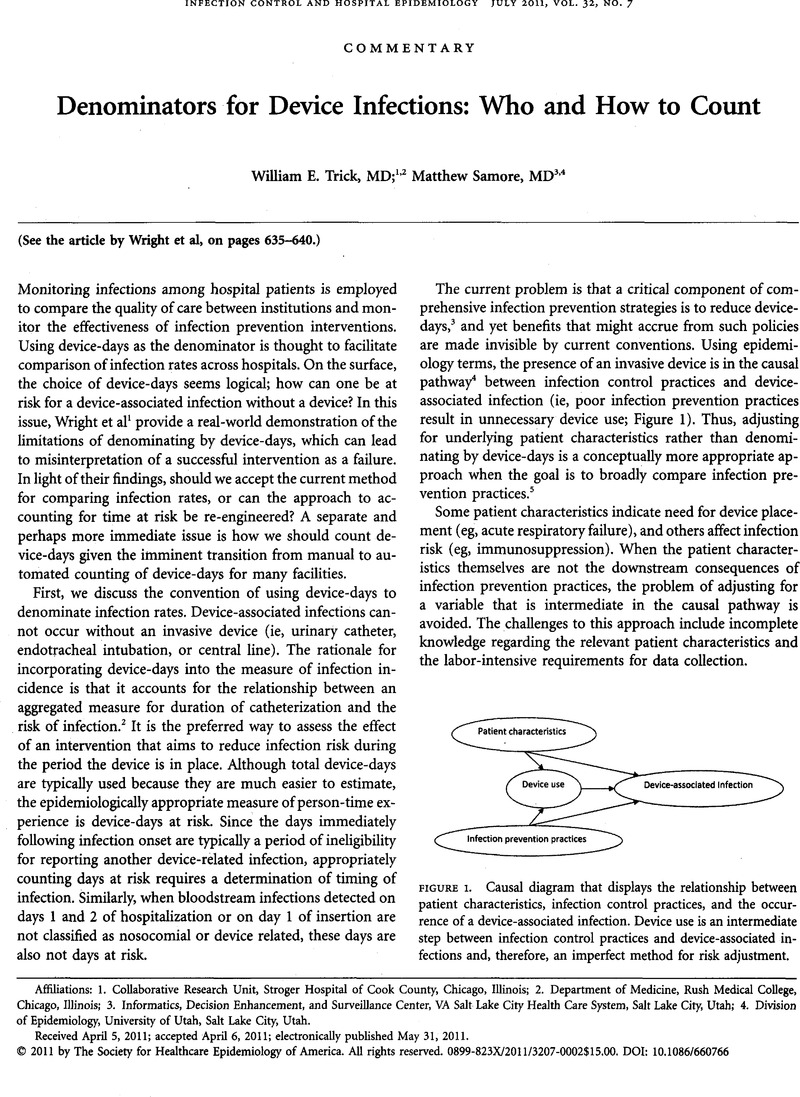Crossref Citations
This article has been cited by the following publications. This list is generated based on data provided by Crossref.
Trautner, Barbara W.
Patterson, Jan E.
Petersen, Nancy J.
Hysong, Sylvia
Horwitz, Deborah
Chen, G. John
Grota, Patti
and
Naik, Aanand D.
2013.
Quality Gaps in Documenting Urinary Catheter Use and Infectious Outcomes.
Infection Control & Hospital Epidemiology,
Vol. 34,
Issue. 8,
p.
793.
Mestre, Gabriel
Berbel, Cristina
Tortajada, Purificación
Alarcia, Margarita
Coca, Roser
Fernández, Mari Mar
Gallemi, Gema
García, Irene
Aguilar, Mari C.
Rodríguez-Baño, Jesús
and
Martinez, José A.
2013.
Successful multifaceted intervention aimed to reduce short peripheral venous catheter-related adverse events: A quasiexperimental cohort study.
American Journal of Infection Control,
Vol. 41,
Issue. 6,
p.
520.
Gupta, Ayush
Kapil, Arti
Kabra, Sushil Kumar
Lodha, Rakesh
Sood, Seema
Dhawan, Benu
Das, Bimal K.
and
Sreenivas, Vishnubhathla
2014.
Assessing the impact of an educational intervention on ventilator-associated pneumonia in a pediatric critical care unit.
American Journal of Infection Control,
Vol. 42,
Issue. 2,
p.
111.
Horstman, Molly J.
Li, Yu-Fang
Almenoff, Peter L.
Freyberg, Ron W.
and
Trautner, Barbara W.
2015.
Denominator Doesn’t Matter: Standardizing Healthcare-Associated Infection Rates by Bed Days or Device Days.
Infection Control & Hospital Epidemiology,
Vol. 36,
Issue. 6,
p.
710.



